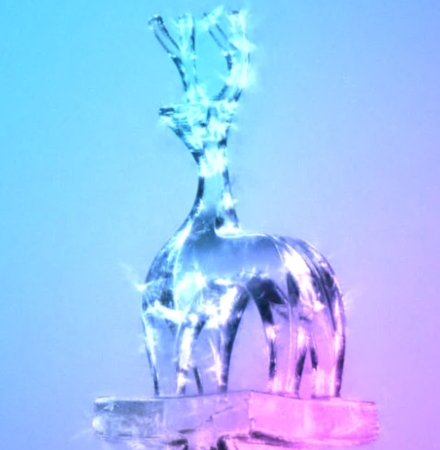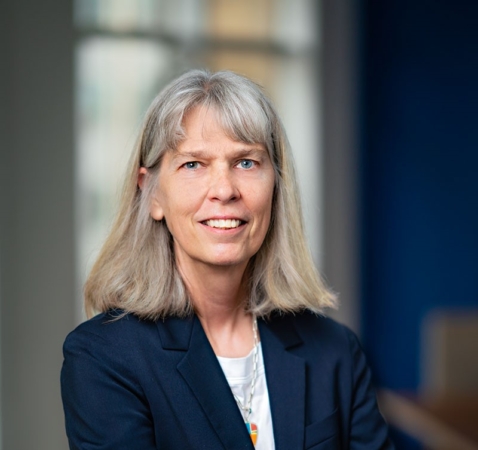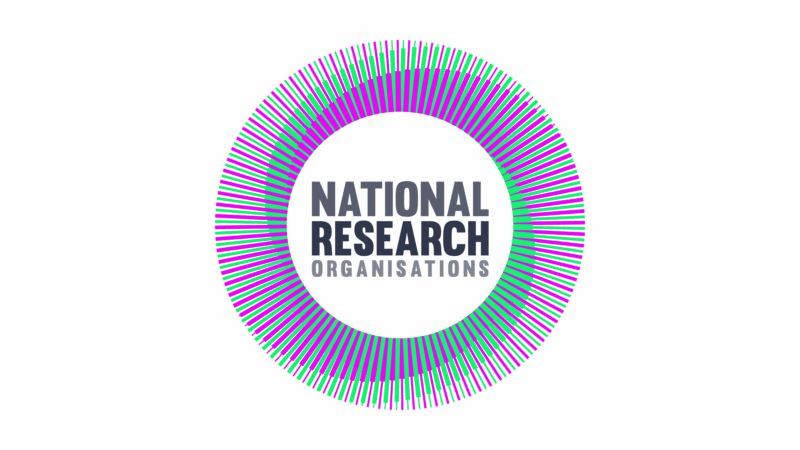The intertwined relationship of secondments and international collaboration
The exchange of information and knowledge between organisations is known to help innovation and scientific discovery. At AWE, we have a long history of working with the US national laboratories, and secondments are an important part of that relationship.
Matt Hill, Plasma Physicist, joined AWE in 2008 and works on high energy density material physics experiments. We talked to him about his secondment at the Lawrence Livermore National Laboratory (LLNL) in California, USA.
The secondment experience
Matt started his secondment in 2018, extending his original placement from two years to four. “My time at LLNL has been split between several interesting projects, mainly studying the Rayleigh-Taylor instability and what it can tell us about material strength and mixing under extreme pressures,” he told us.
“One of the first experiments I worked on at AWE had LLNL scientists collaborating on it,” says Matt. “I still work closely with those same people today, so going to LLNL felt like a very natural part of my role.”
International collaboration
Secondments are a cornerstone for international collaboration. Obtaining data using unique facilities such as the National Ignition Facility (NIF) is a high priority to AWE’s programme just as it is for the US, since there is no other way to recreate the incredible temperatures and pressures found in a nuclear explosion safely in the laboratory.
Secondments facilitate access to these high-value facilities and promote positive interaction with other scientists and engineers in the community, adding much value to our role in supporting the UK’s defence.
Matt cites the close nature of this collaboration as being of particular importance to the AWE programme: “A secondee is embedded within the lab environment and is very much a part of the team while there, so for ongoing projects they can respond to any issues and will pick up on the latest developments much more quickly than someone in the UK.”
Data is also easier to comprehend. “Raw data without context is much less valuable,” Matt adds, “the build-up to an experiment in terms of setup and calibration of diagnostics, fabrication and metrology of targets and ensuring the goals are understood by everyone involved, is absolutely critical.”
AWE’s support
At the same time, relocating to a different country will always be difficult, especially when starting a new role. With the first-hand experience we have from many secondments over the years, we’ve now got that balance right.
“AWE has provided excellent support throughout,” Matt told us. “Uprooting your family and transplanting your life to a new country is a very disruptive and unsettling process, but it was made a lot smoother thanks to the experience of all involved.”
Matt is now in the final few months of his secondment, working with his successor to complete some ongoing experiments at the NIF. He says, “looking ahead I’m very hopeful that I can bring back the best aspects of how LLNL operates and apply them to our processes at AWE.”
“I believe secondments are the best way for us to achieve this ‘best of both’ outcome, since there is no substitute for first-hand experience when deciding how to tackle a problem.”



